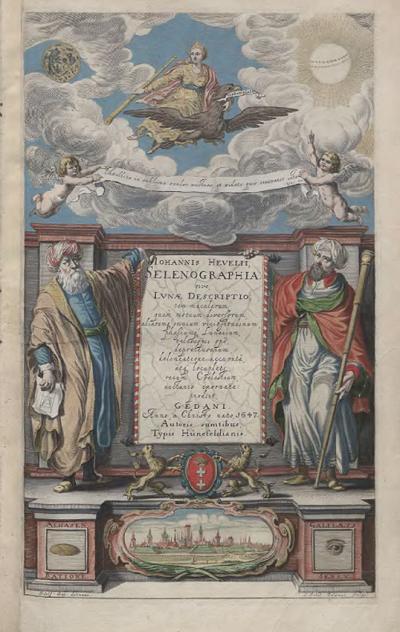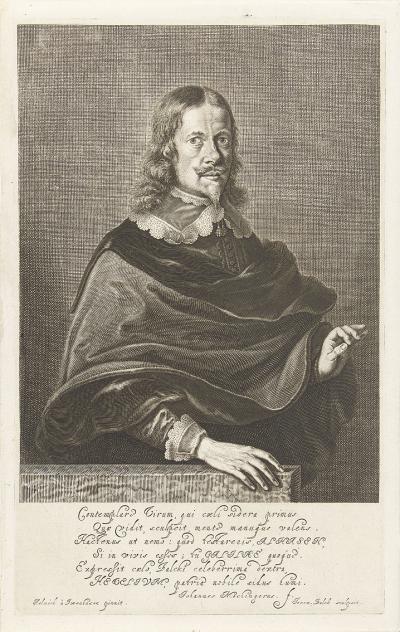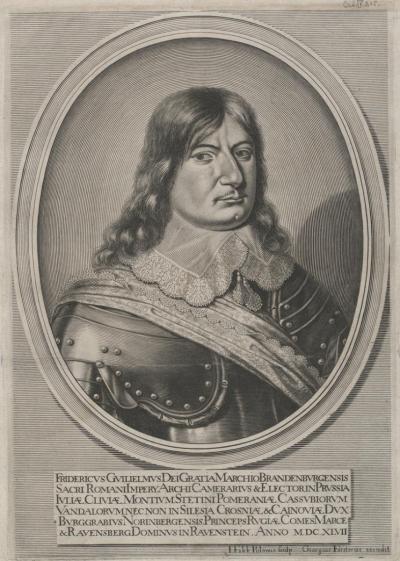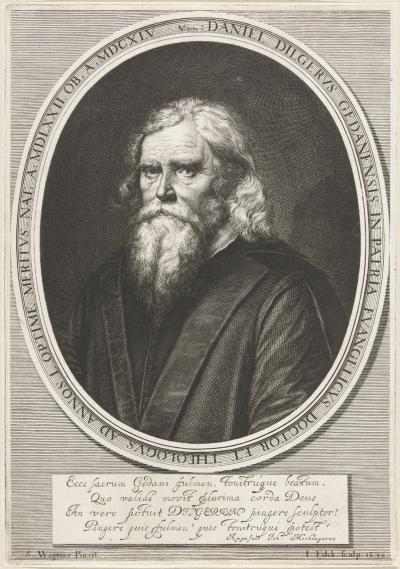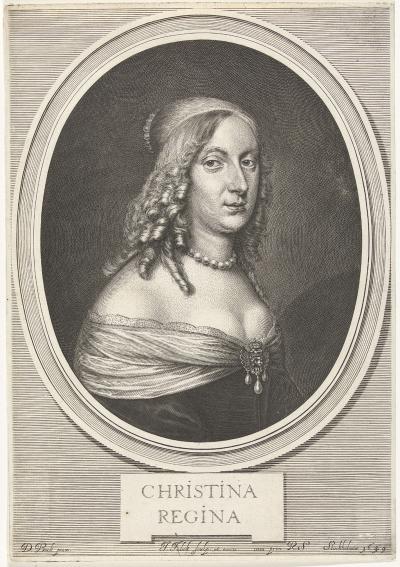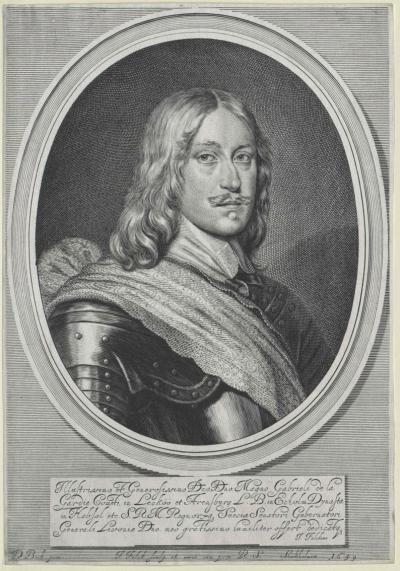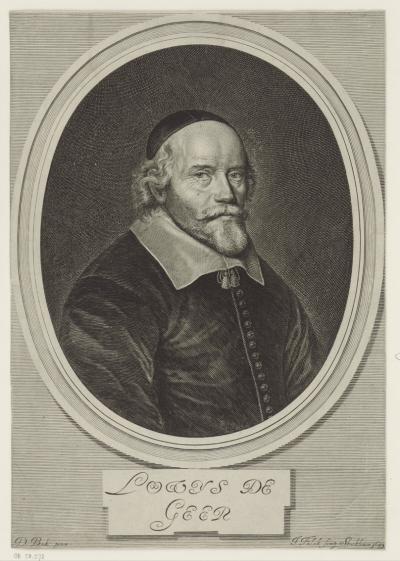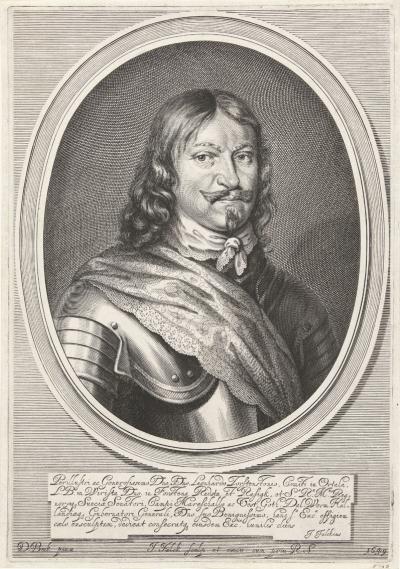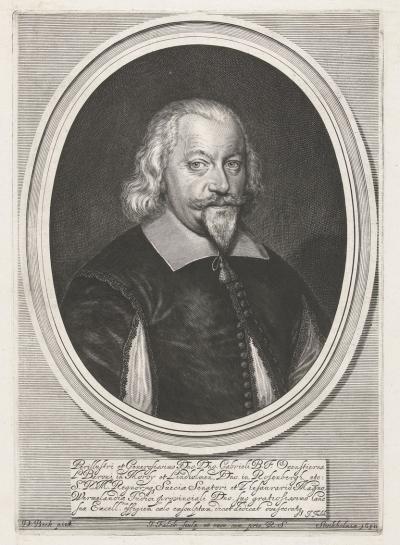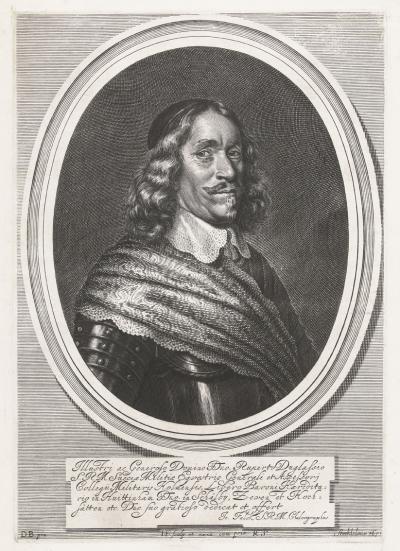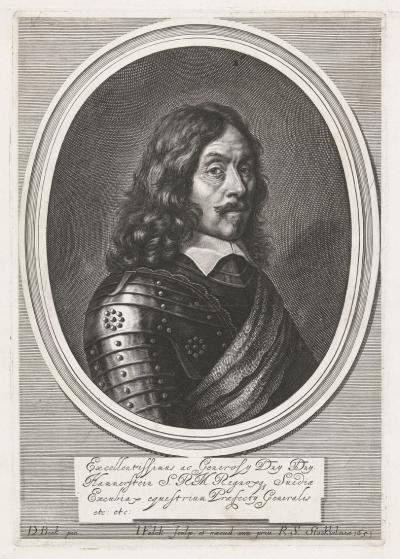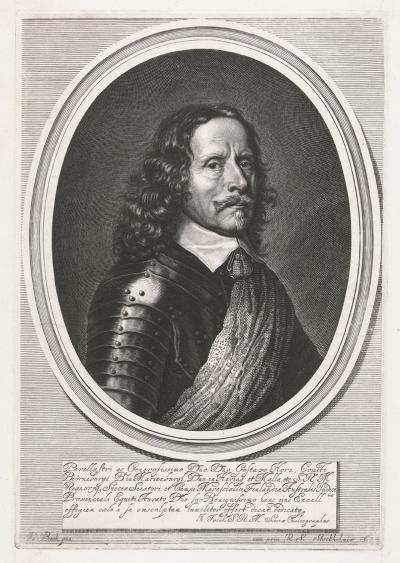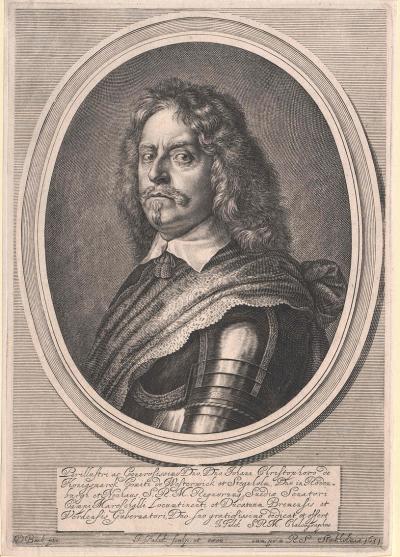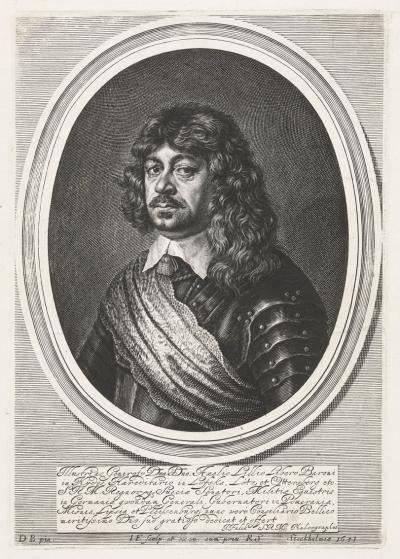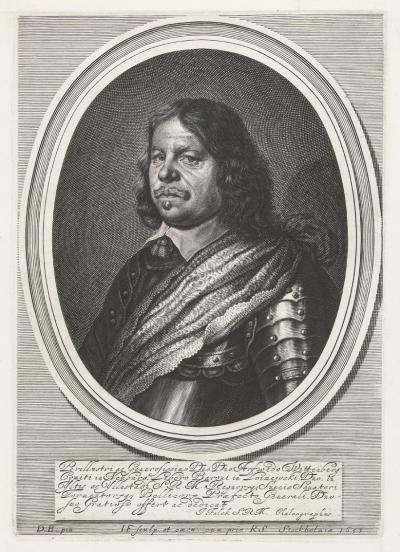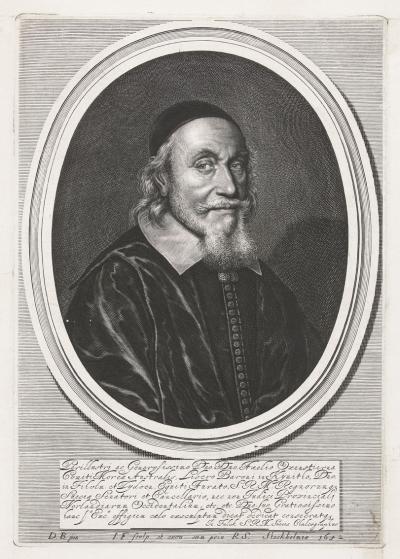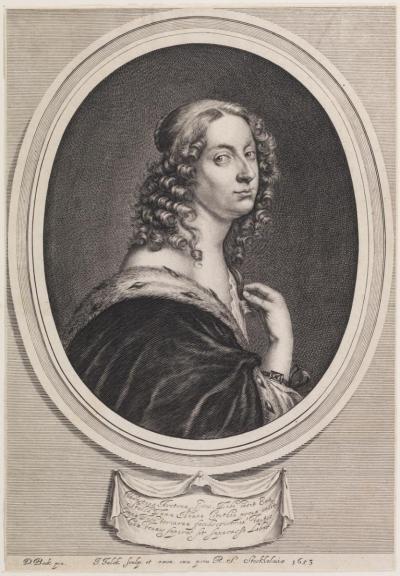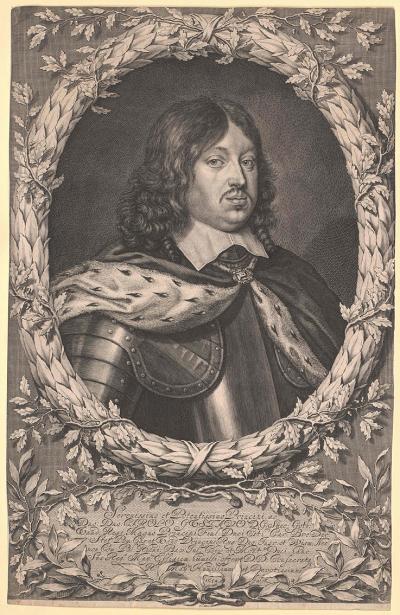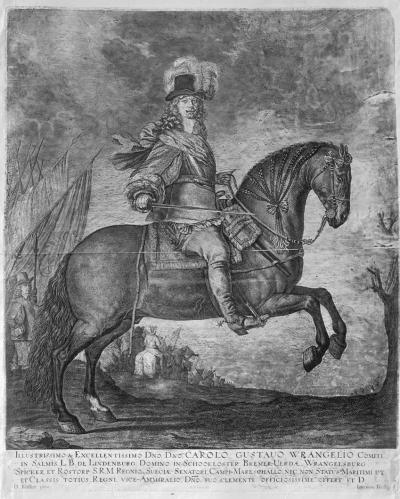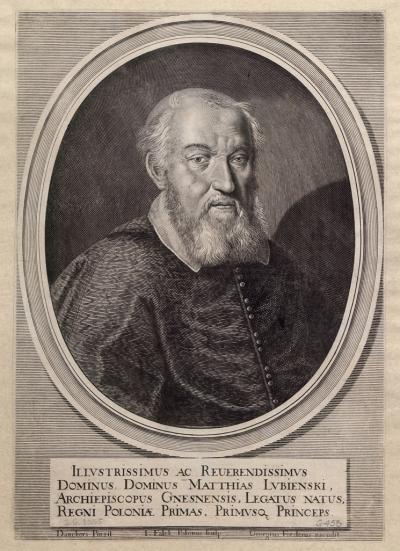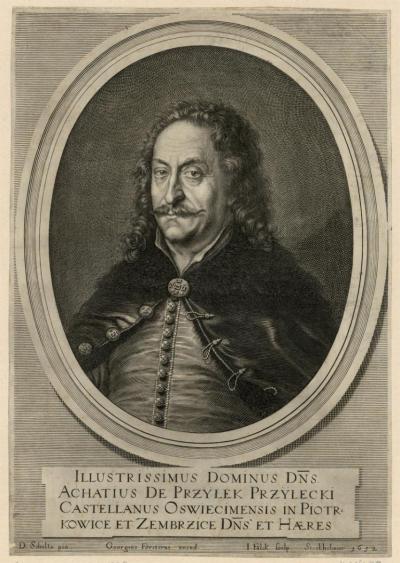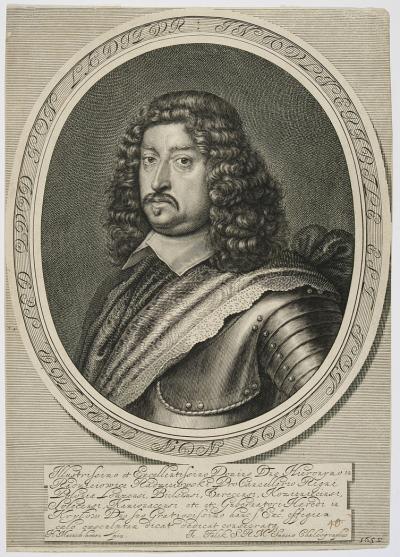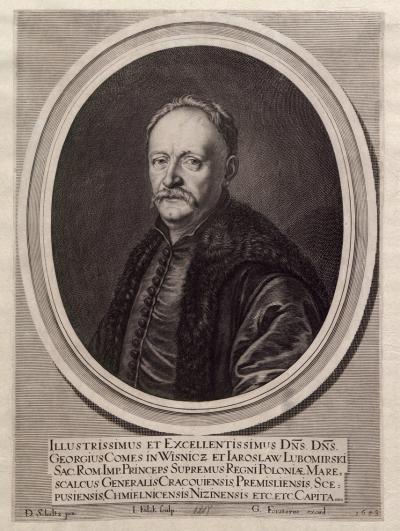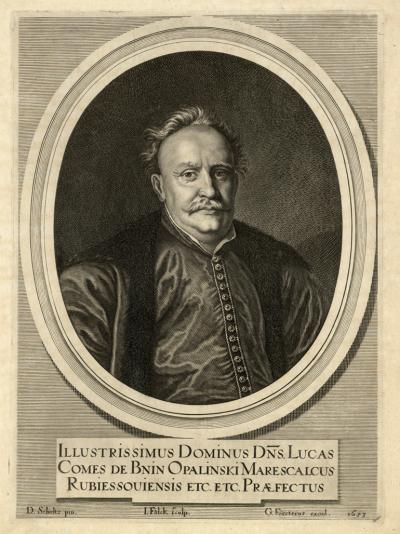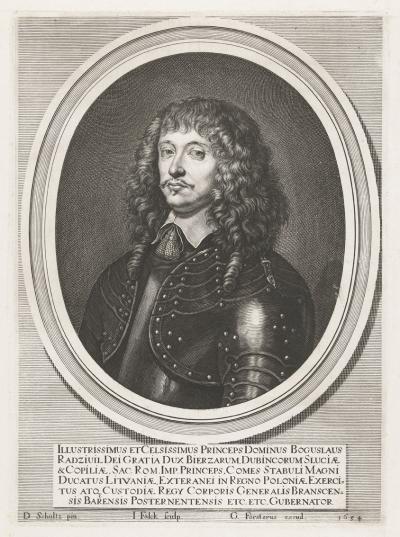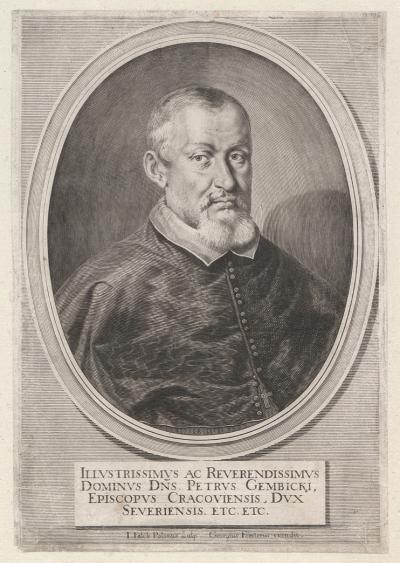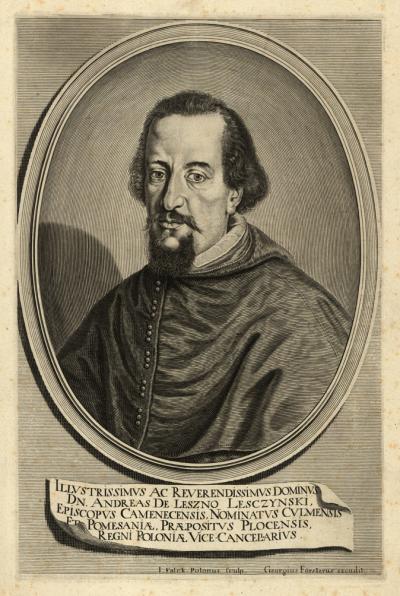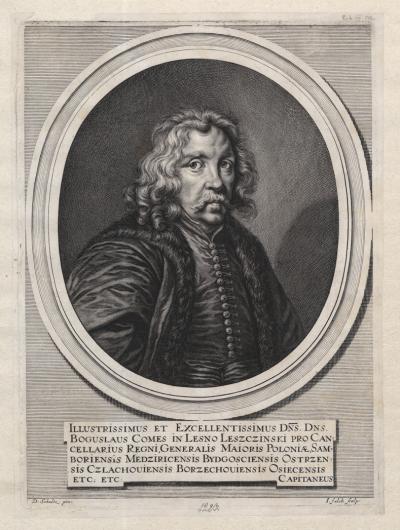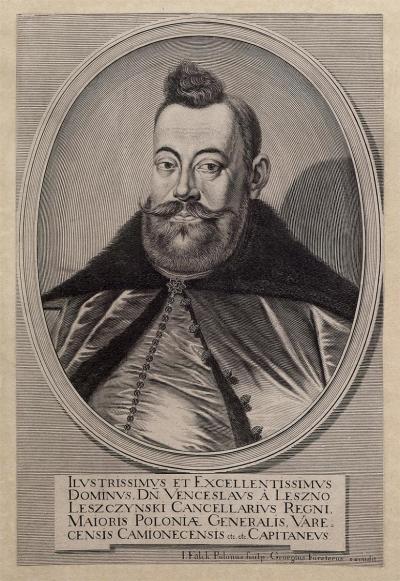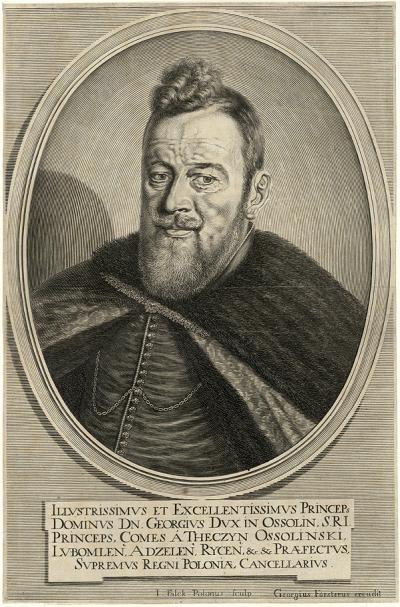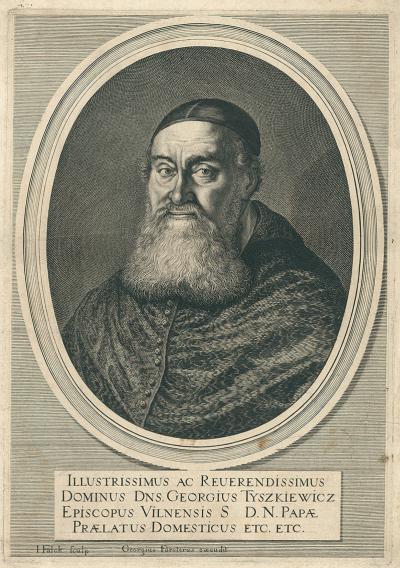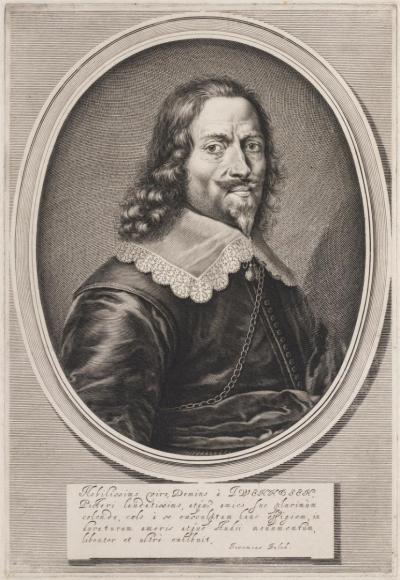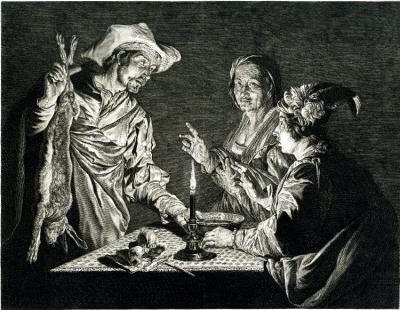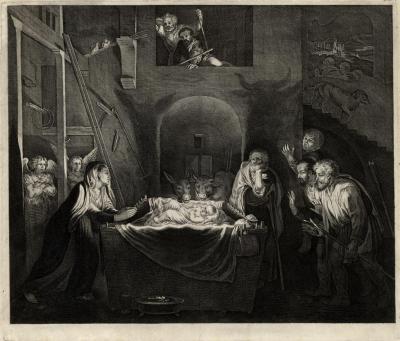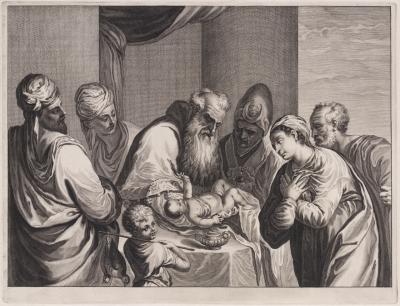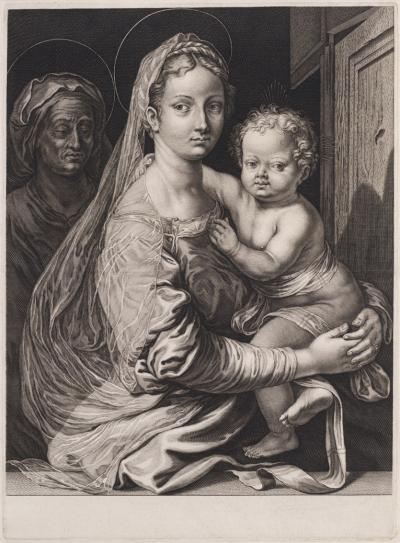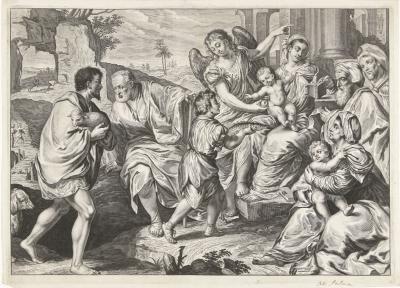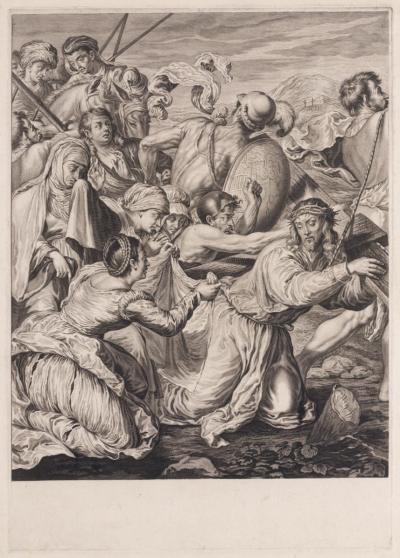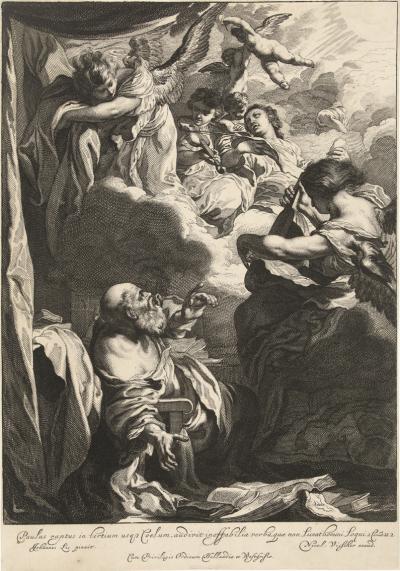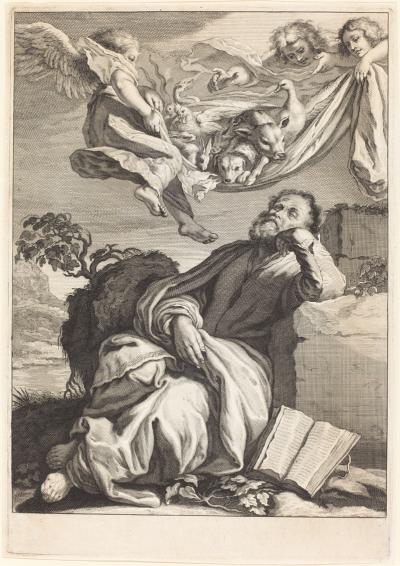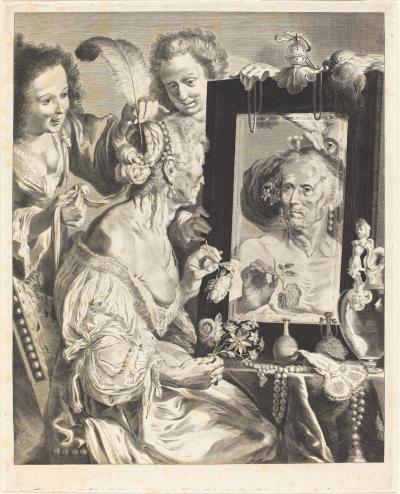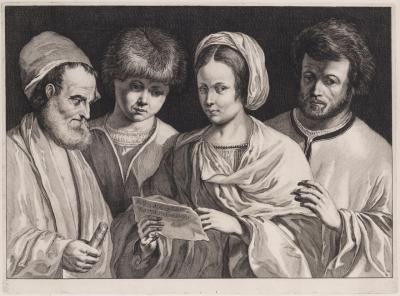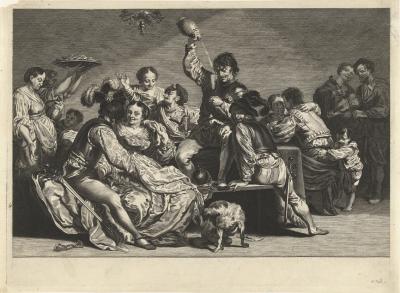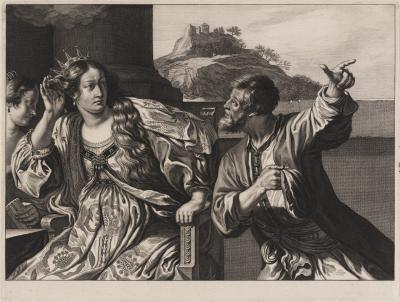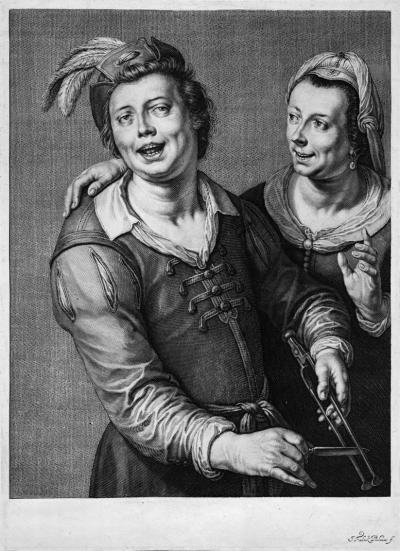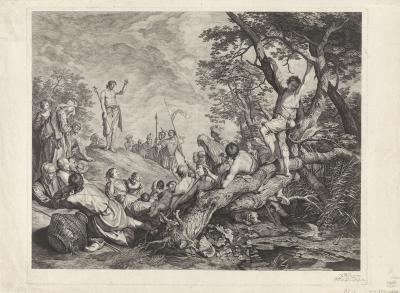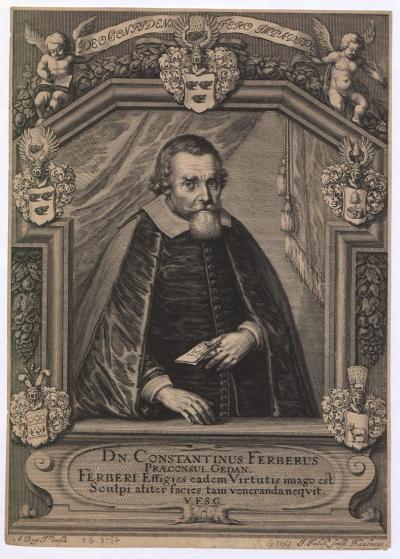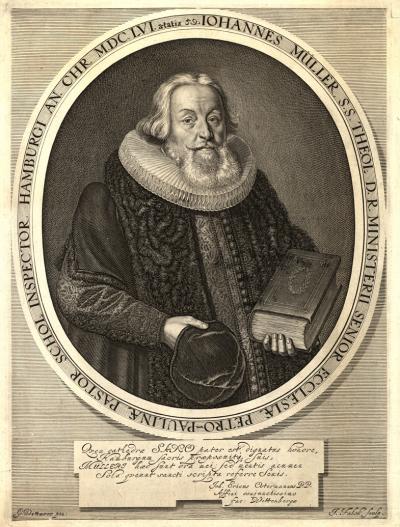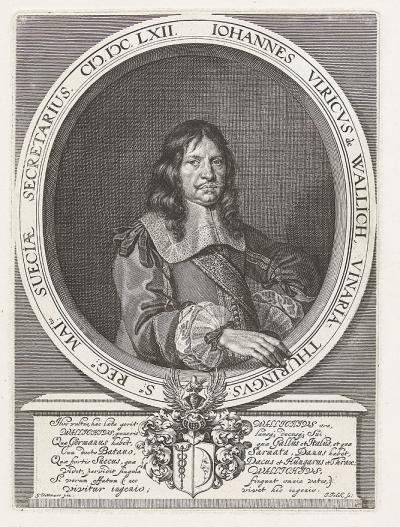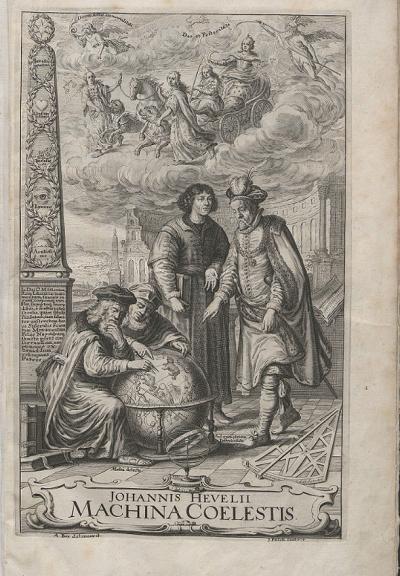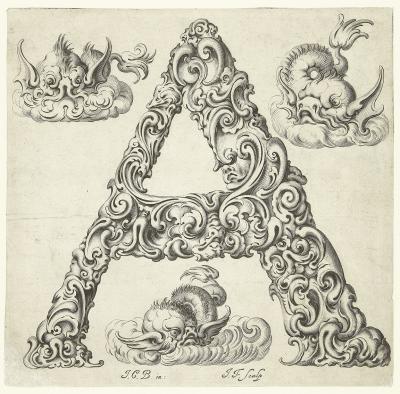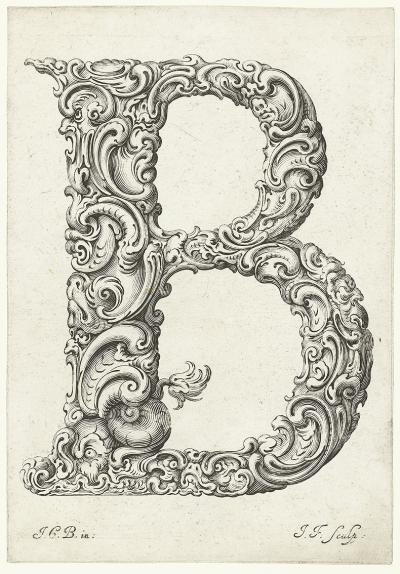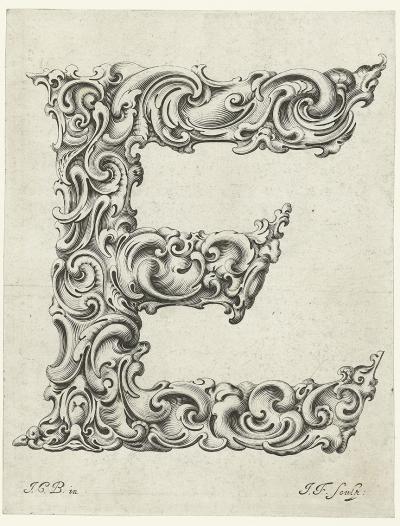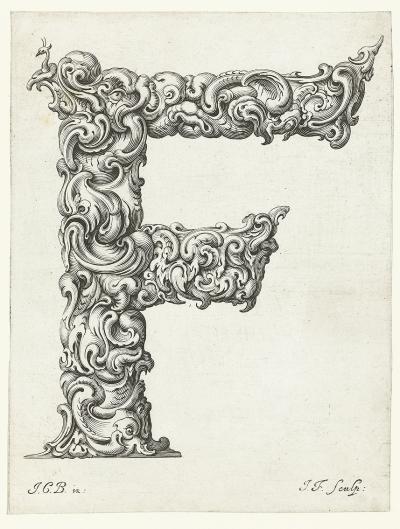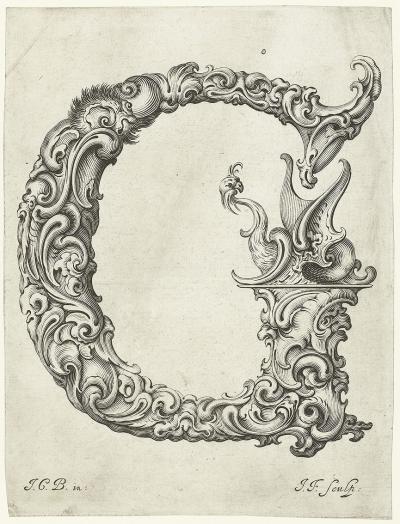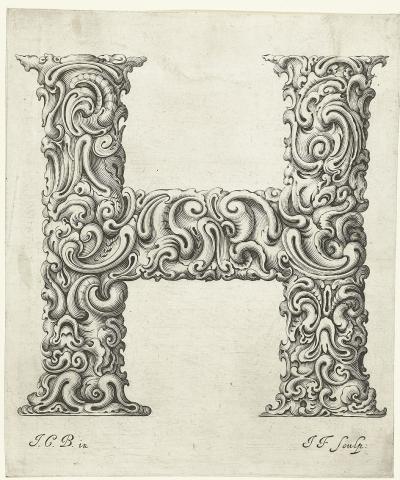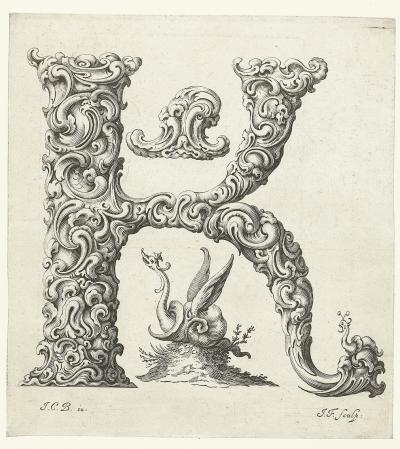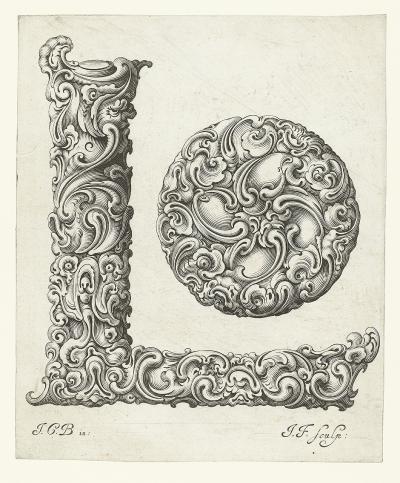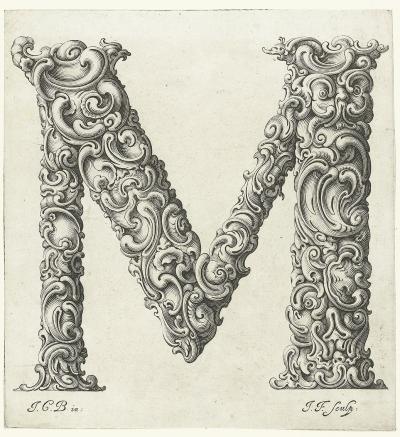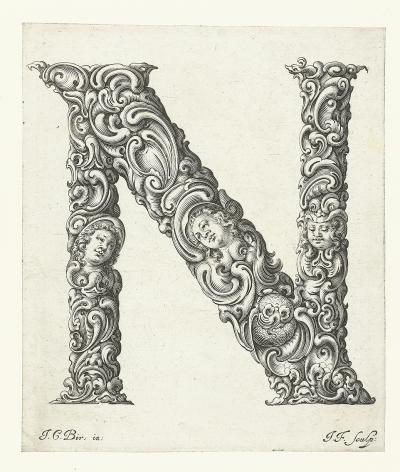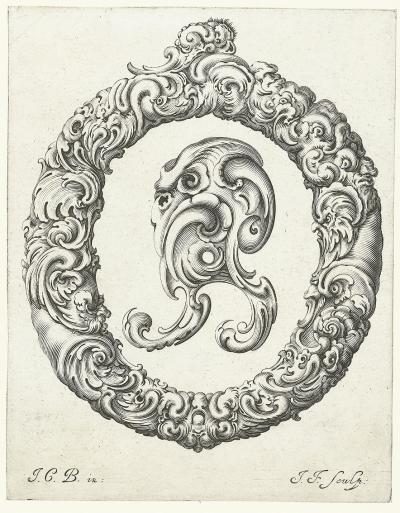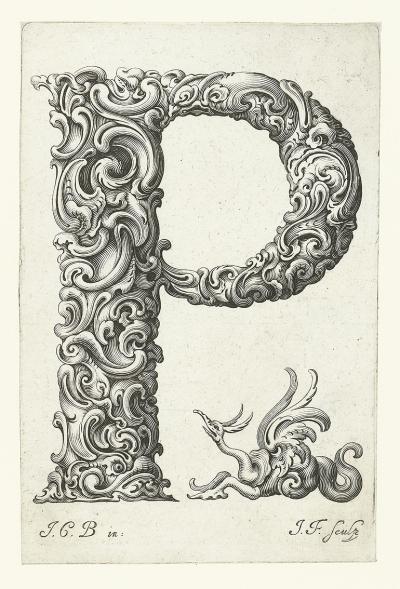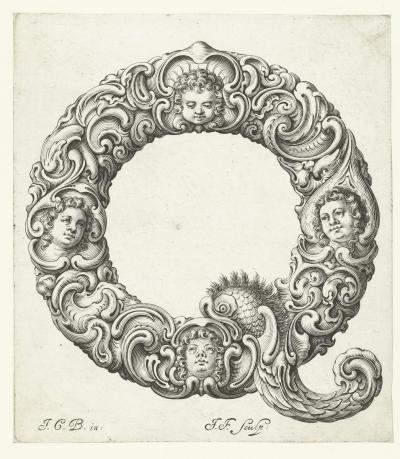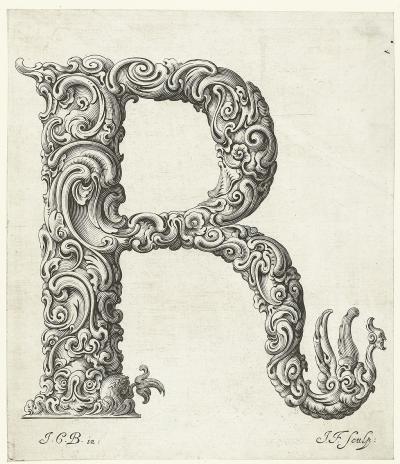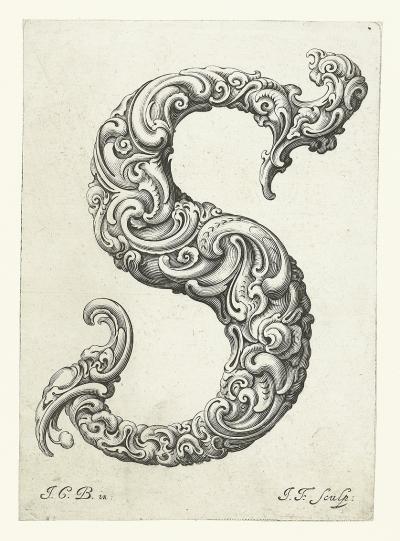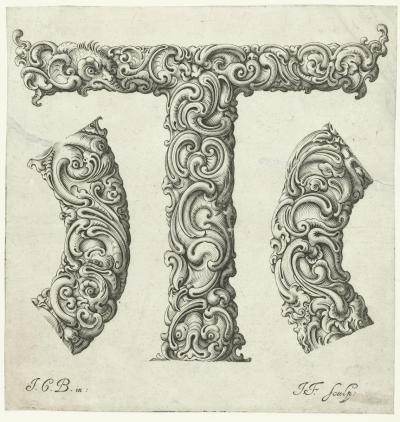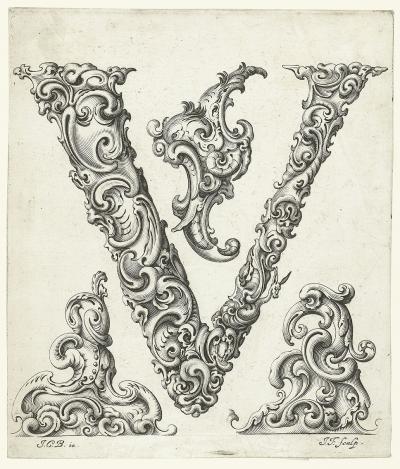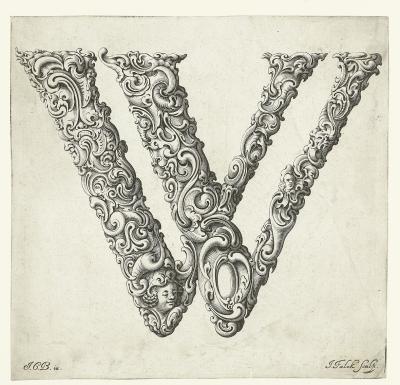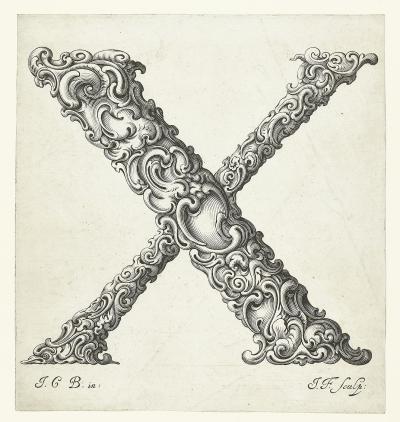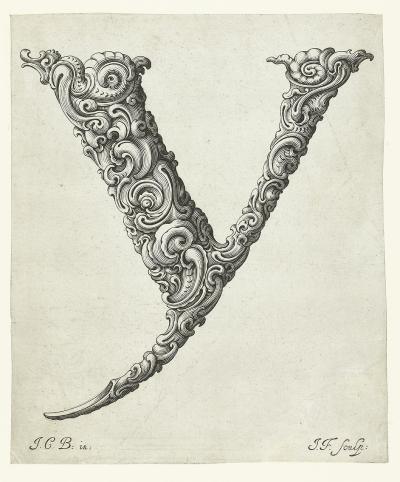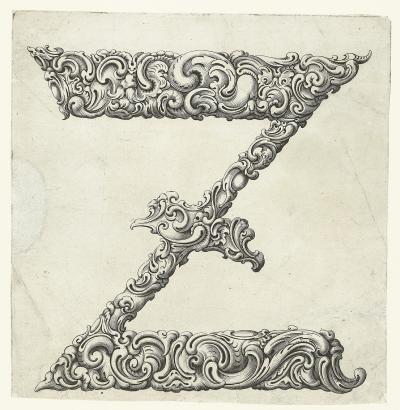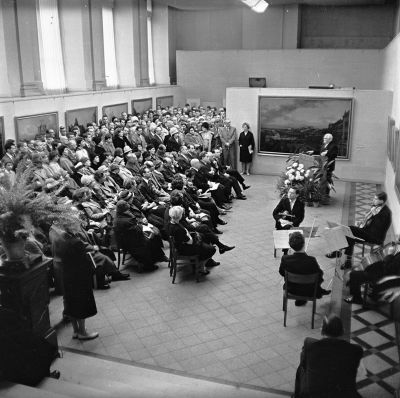Jeremias Falck

Falck was never forgotten. As early as 1767 in his “Dictionnaire des graveurs anciens et modernes“ published in Brussels, François Basan listed him with his first name Jérémie as a “Polish engraver who worked a lot in France during the middle of the last century”, and listed a few of his important works.[18] By the beginning of the 19th century his works were already in the most important Polish collections. In Germany the early “Allgemeine Künstler-Lexicon“ by Georg Kaspar Nagler [19] (in 1835) and the first edition of “Meyers Conversations-Lexicon“ in 1847 [20] included him with almost identical articles and a list of his most important works, erroneously with “Danzig 1709” as his birth date, but clearly about the year he died. Equally in 1847 the Danzig Legal Councillor, Wilhelm Seidel wrote extensively about Falck’s career and his artistic works in his essay entitled “News of a Danzig engraver“ published in the “Neuen preußischen Provinzialblättern“. Here he judged that “Falck’s works will be much in demand by collectors and will count amongst the excellent products of the School of Netherlands engravers.”[21] On the Polish side, in an article that appeared in 1850 in the Nuremberg periodical “Athenaeum für Wissenschaft, Kunst und Leben“ by Józef Ignacy Kraszewski listed 150 engravings by Falck [22]; and the Polish art historian Edward Rastawiecki (1804-1879) listed 317 sheets by Falck in the “Biblioteka warszawska” in 1852.[23] According to Block, over 300 works by Falck were found respectively in the collections in the Czartoryski Museum and those made by Mieczysław Pawlikowski in Lviv. The list of works drawn up by Block in 1890 drew on new research into Falck and supplemented it.[24] It seems highly unlikely that an oil painting made around 1650 and entitled “Still Life with Oysters”[25] in the Westphalian Regional Museum in the Münster comes from the hand of Jeremias Falck, despite the huge amount of publicity it aroused. Today works by Falck can be relatively easily found on the Internet, at the museums and libraries that own them, as well as on specialised search engines like “europeana collections” and “Virtuelles Kupferstichkabinett”.
Axel Feuß, May 2017
[18] François Basan/Joseph Ermens: Dictionnaire des graveurs anciens et modernes. Depuis l'origine de la gravure (1767), Brüssel 1791, vol 1, p. 178, https://archive.org/stream/dictionnairedesg01basa#page/178/mode/2up
[19] Georg Kaspar Nagler: Neues allgemeines Künstler-Lexicon oder Nachrichten von dem Leben und Werken der Maler, Bildhauer, Baumeister, Kupferstecher, Formschneider, Lithographen, Zeichner, Medailleure, Elfenbeinarbeiter …, München 1835, Band 4 (1837), p. 227, Digital collection of the University library in Weimar, http://digitalesammlungen.uni-weimar.de/viewer/image/PPN623487535/233/
[20] Joseph Meyer: Das große Conversations-Lexicon für die gebildeten Stände, Hildburghausen 1847, p. 745, Bayerische Staatsbibliothek digital, http://reader.digitale-sammlungen.de/de/fs1/object/display/bsb10797950_00751.html
[21] Wilhelm Seidel: Nachrichten über Danziger Kupferstecher, in: Neue preußische Provinzial-Blätter, vol. 3, Königsberg 1847, p. 161 ff., on Falck pp. 165-171, Bayerische Staatsbibliothek OPACplus, https://opacplus.bsb-muenchen.de/metaopac/singleHit.do?methodToCall=showHit&curPos=7&identifier=100_SOLR_SERVER_1906705309&showFulltextFirstHit=true
[22] Józef Ignacy Kraszewski, in: Athenaeum für Wissenschaft, Kunst und Leben, vol. 1, Nürnberg 1850, p. 187-208
[23] Edward Rastawiecki, in: Biblioteka warszawska, vol. 1, 1856, pp. 525-550
[24] A comprehensive reading list can be found in Zabuska 2003, page 341 f.
[25] The “Still Life with Oysters”, oil on canvas, 59 x 84 cm, in the LWL-Landesmuseum für Kunst und Kulturgeschichte, Münster, Inv. Nr. 2231 LM, is attributed to Jeremias Falck on the basis of indications and the monogram on the back of the work (thanks to the kind information from Frau Judith Claus, 2017). That said, further indications cannot be found in an article by Angelika Lorenz entitled: Das Kunstwerk des Monats, Dezember 2006, Westfälisches Landesmuseum für Kunst und Kulturgeschichte Münster. Hitherto, further oil paintings by Jeremias Falck have been found neither in Poland or elsewhere. The publications to date give no indication that Falck ever made oil paintings. However publications do refer to a Dutch still life master named J. Falck “proven 1629”: U.R.: Falck (Falk), J., in: Saur Allgemeines Künstlerlexikon, vol. 36, München, Leipzig 2003, p. 239. A Vanitas still life by this J. Falck in the Indianapolis Museum of Fine Art has a similar perspective. It was completed in 1629, and is signed at the bottom right: J. Falk f. https://commons.wikimedia.org/wiki/File:J._Falk_-_Vanitas_-_1629.jpg&nb…;




















































































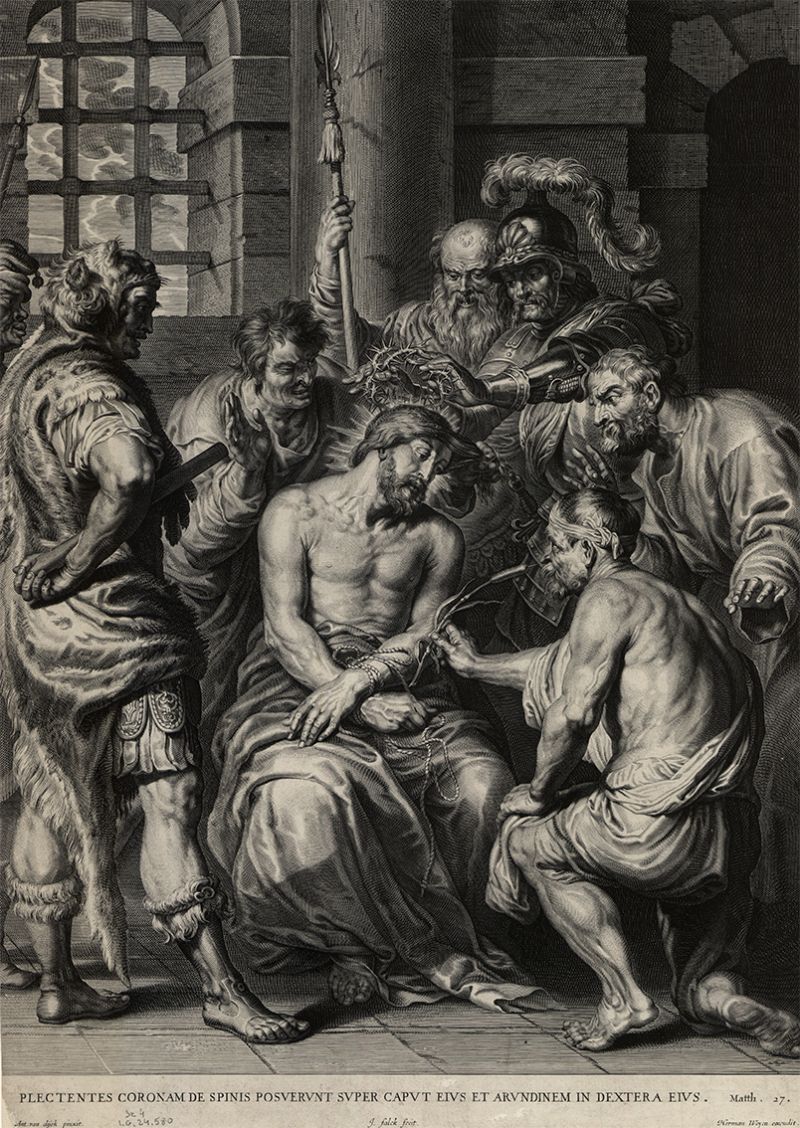
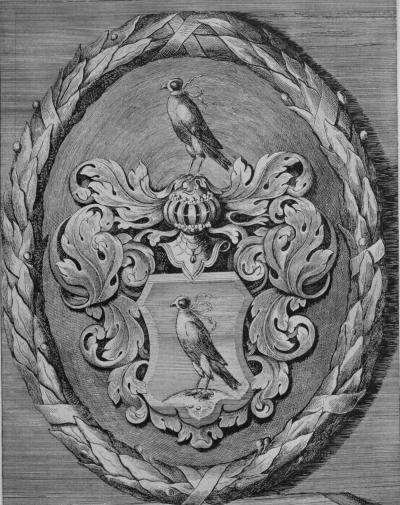
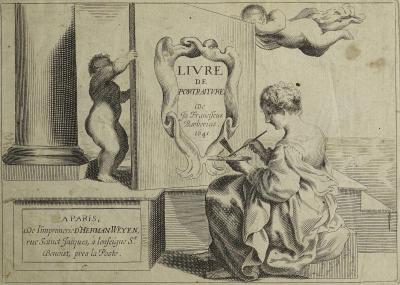

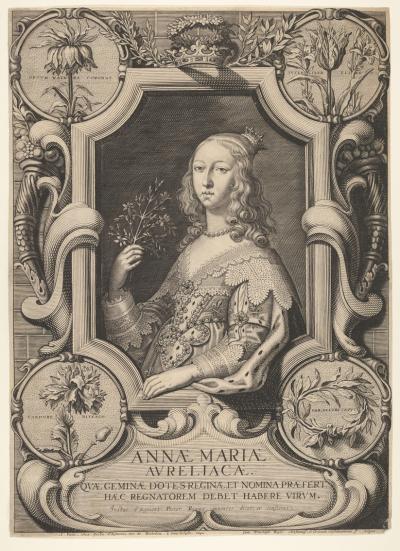
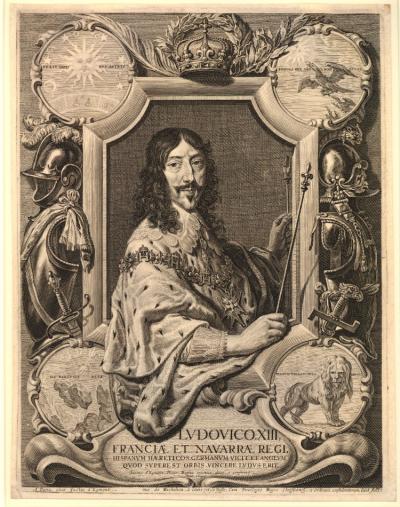
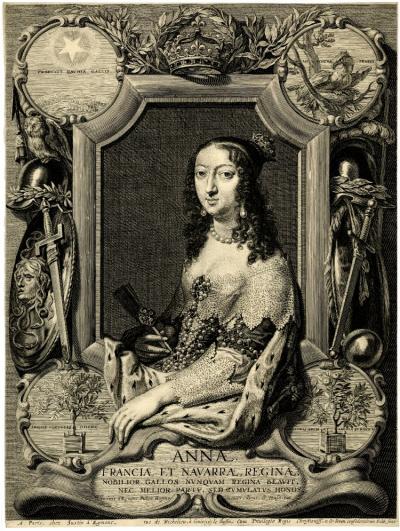
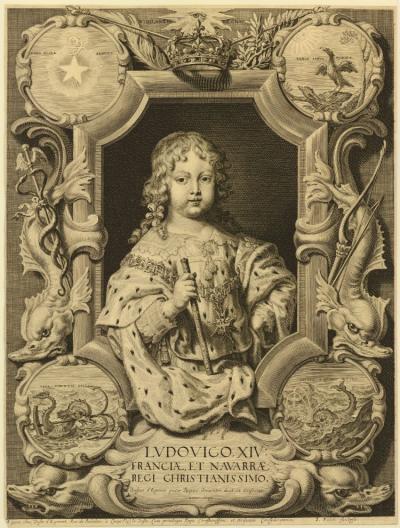
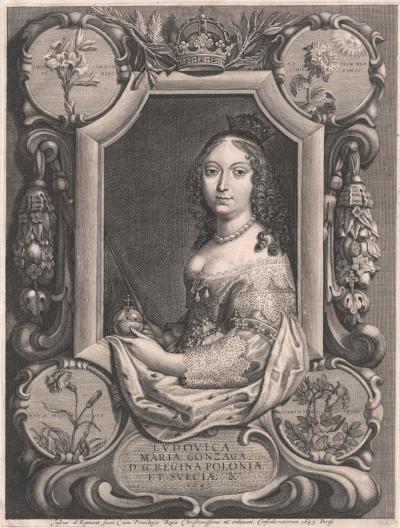
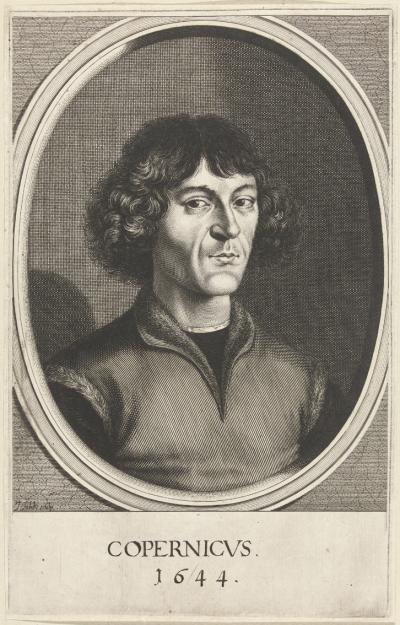
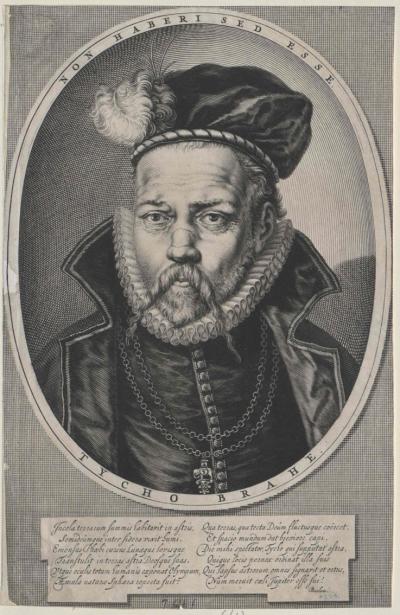
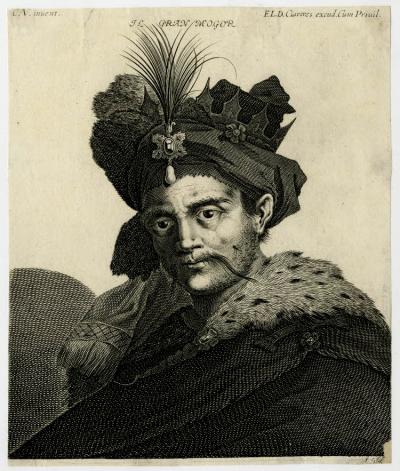
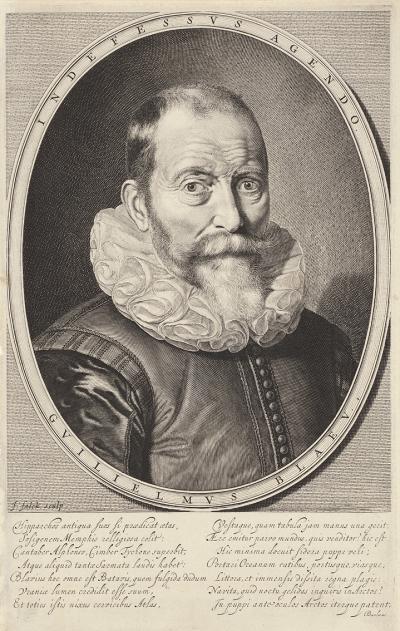
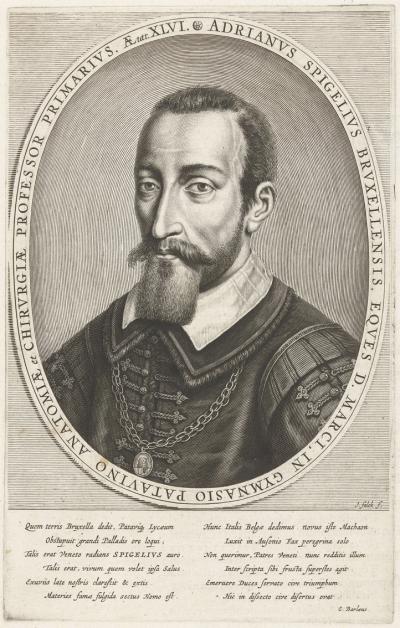
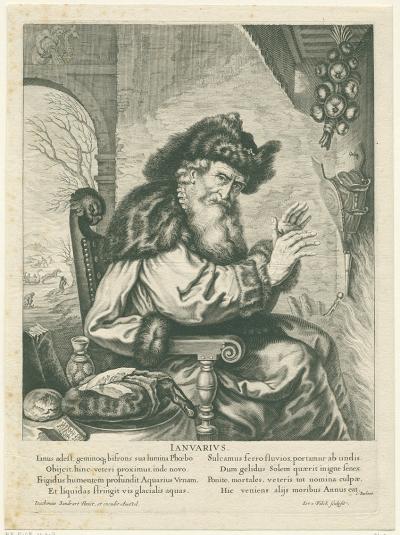
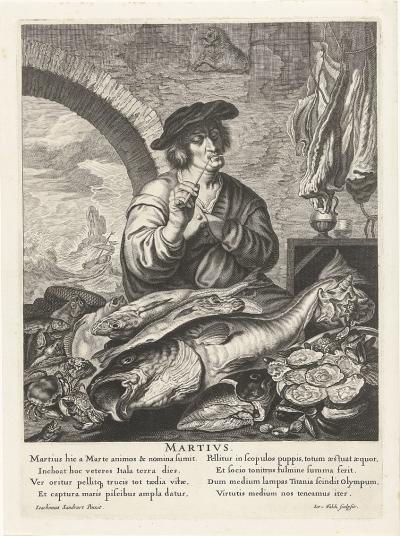
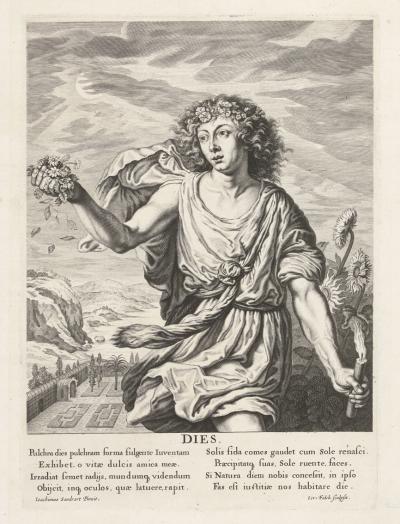
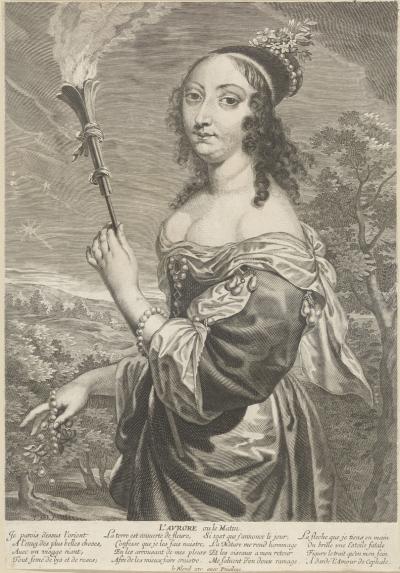
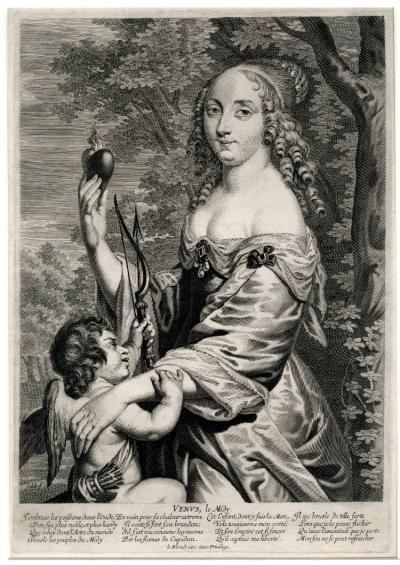
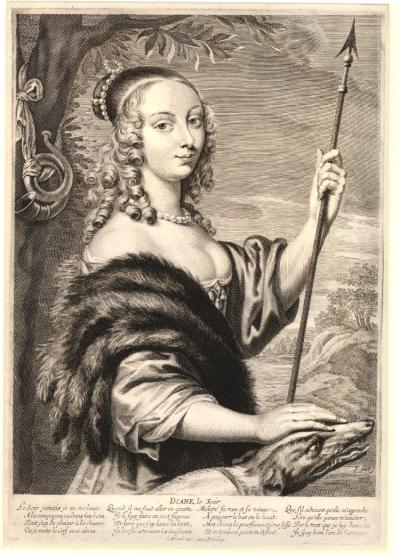
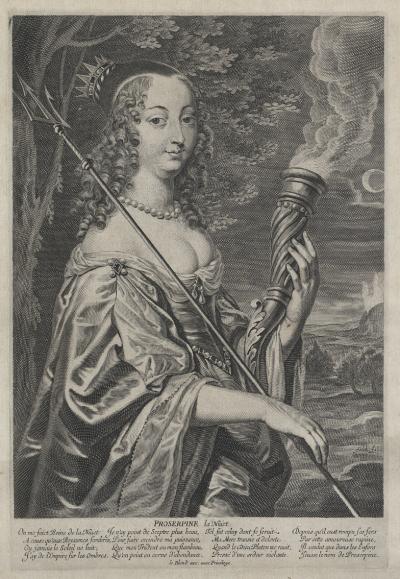

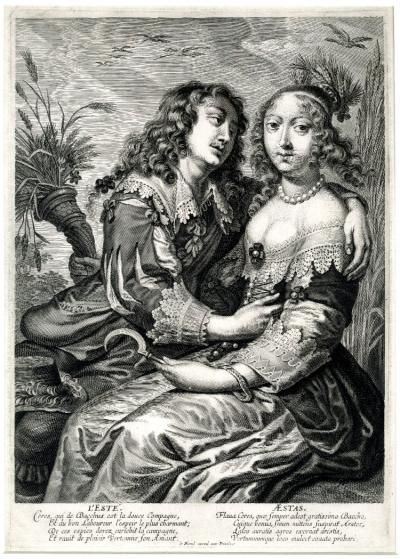
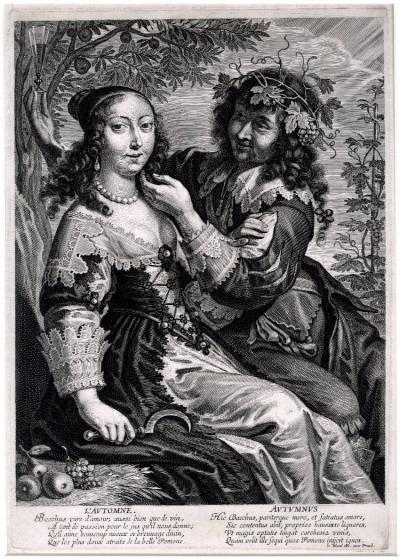
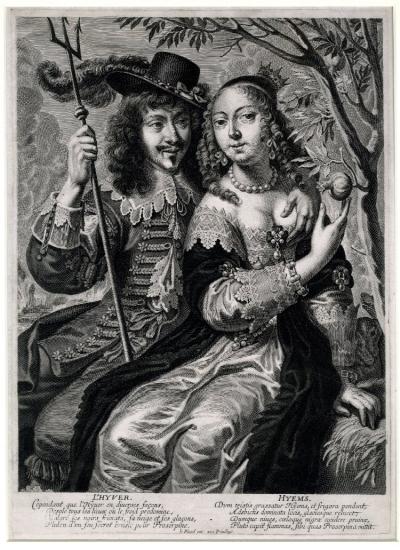
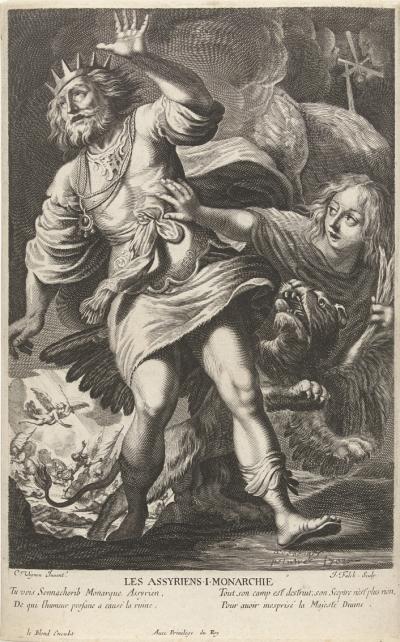
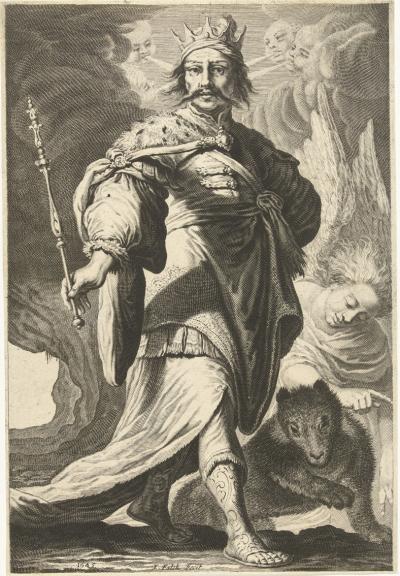

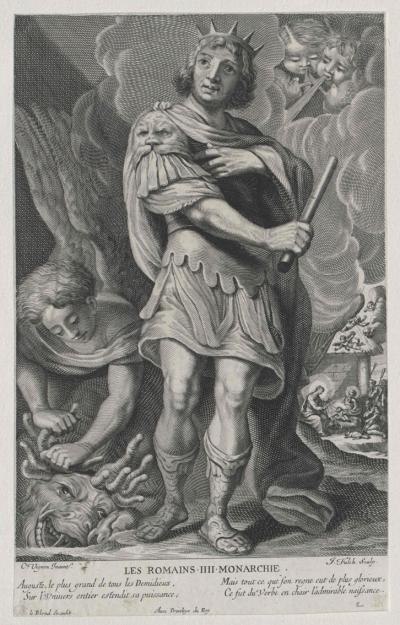
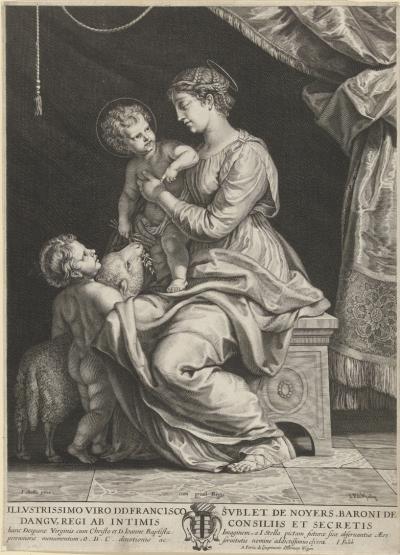
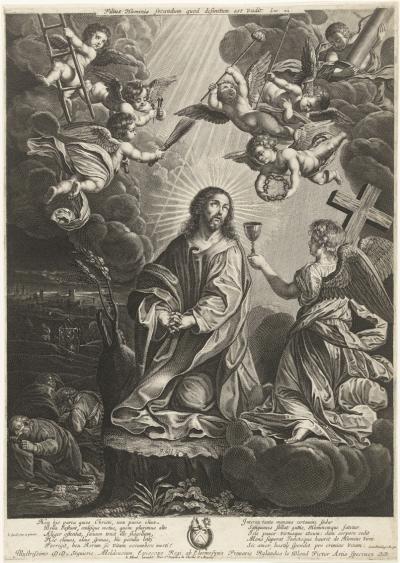

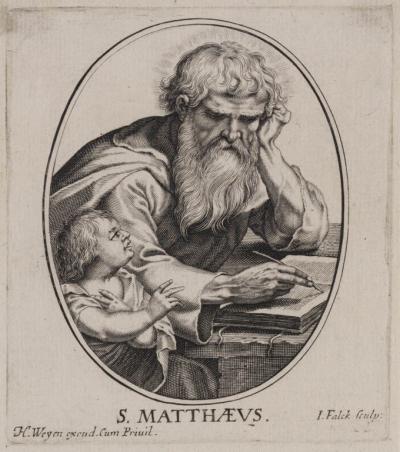
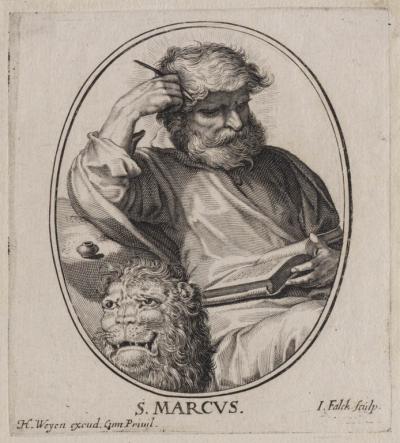
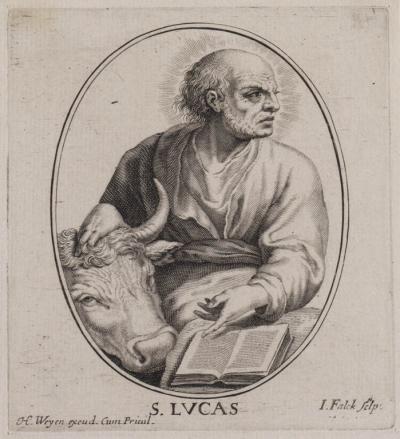
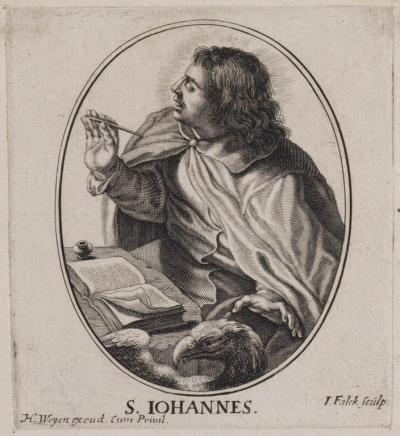
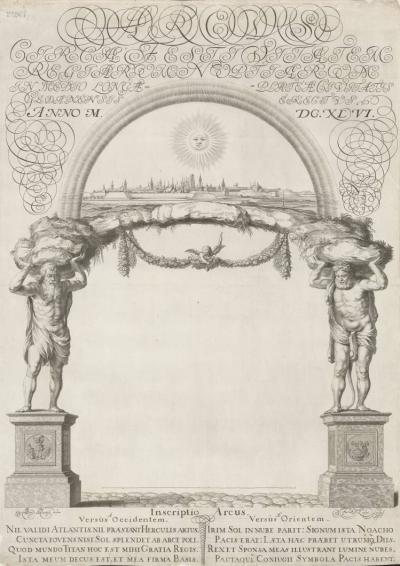

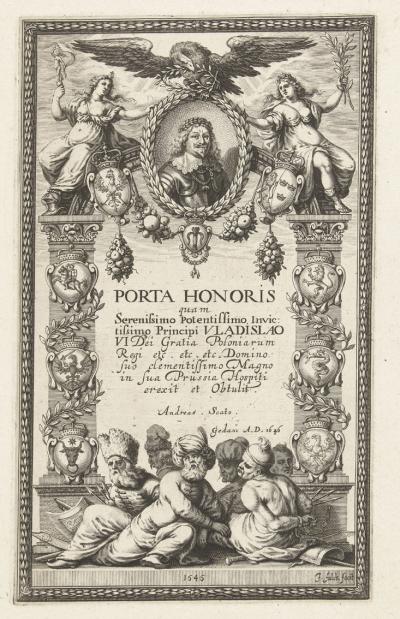
![Ill. 33: Title copper: Jerzy Ossoliński kneels before Pope Urban VIII Ill. 33: Title copper: Jerzy Ossoliński kneels before Pope Urban VIII - To the work by Jerzy Ossoliński: Illustrissimi et Excell[entissi]mi. Copper engraving after unknown. Original, 19 x 14,3 cm, not signed.](/sites/default/files/styles/width_100_tiles/public/assets/images/33_titelkupfer_1647_ossolinski.jpg?itok=In5yX0Cb)
